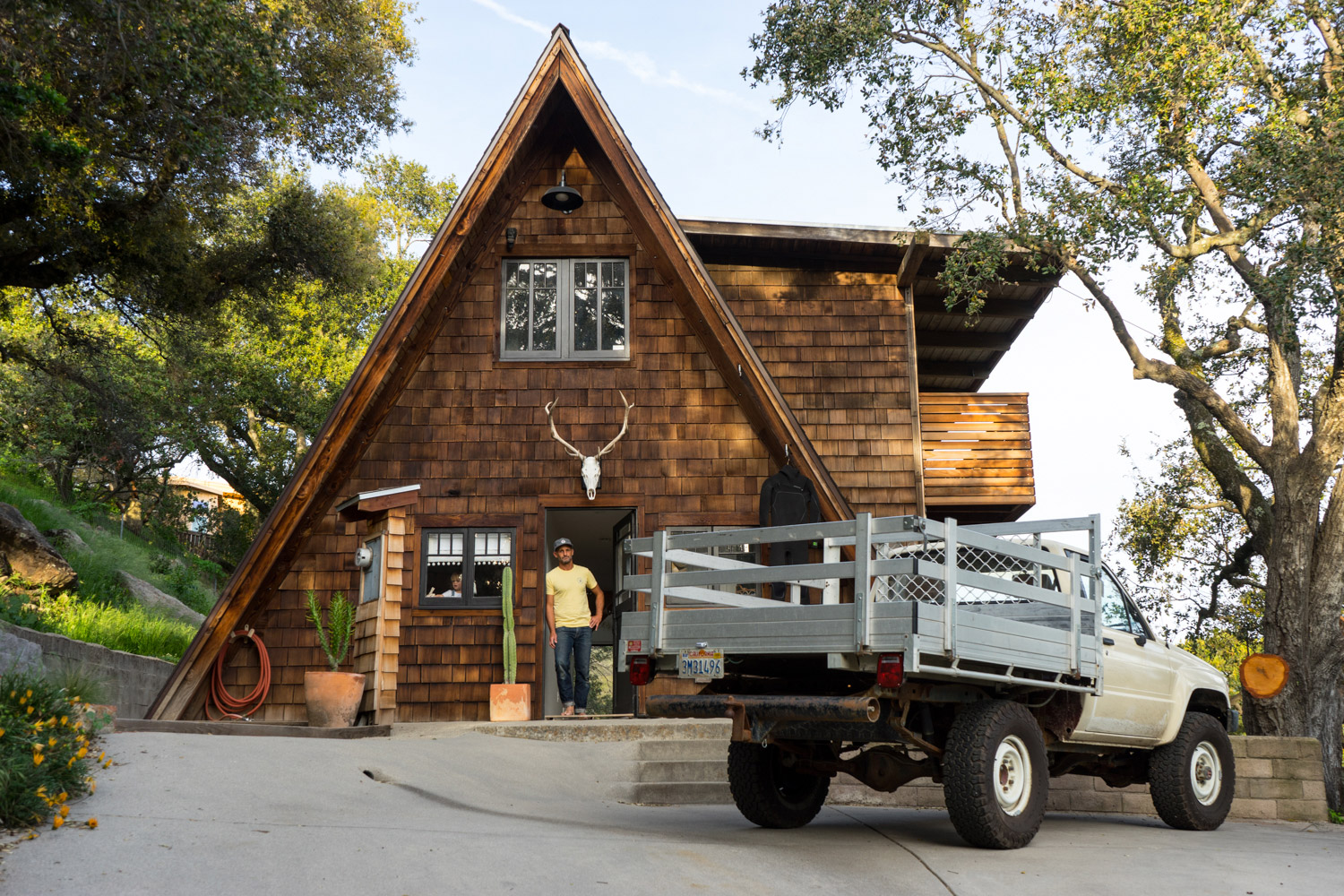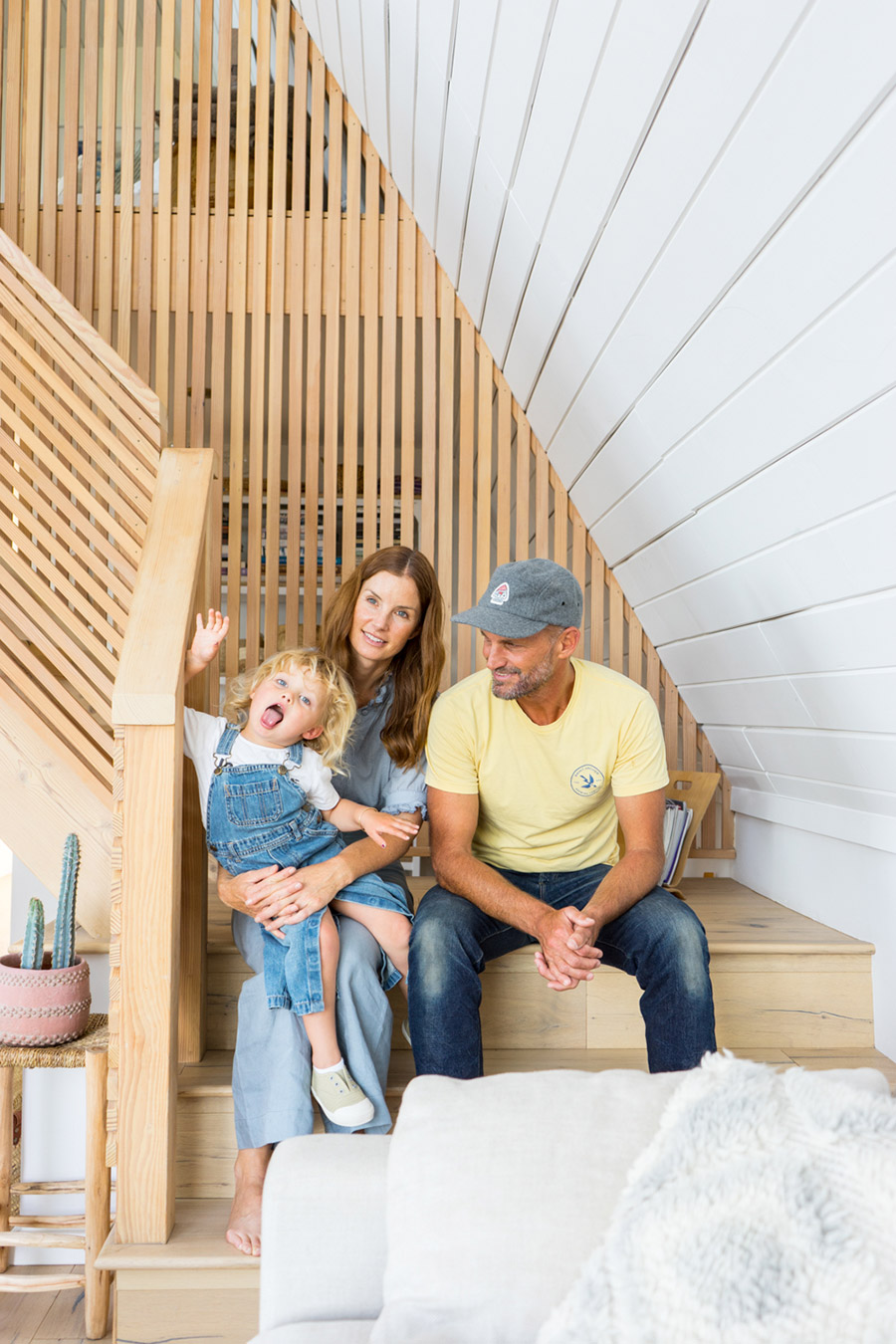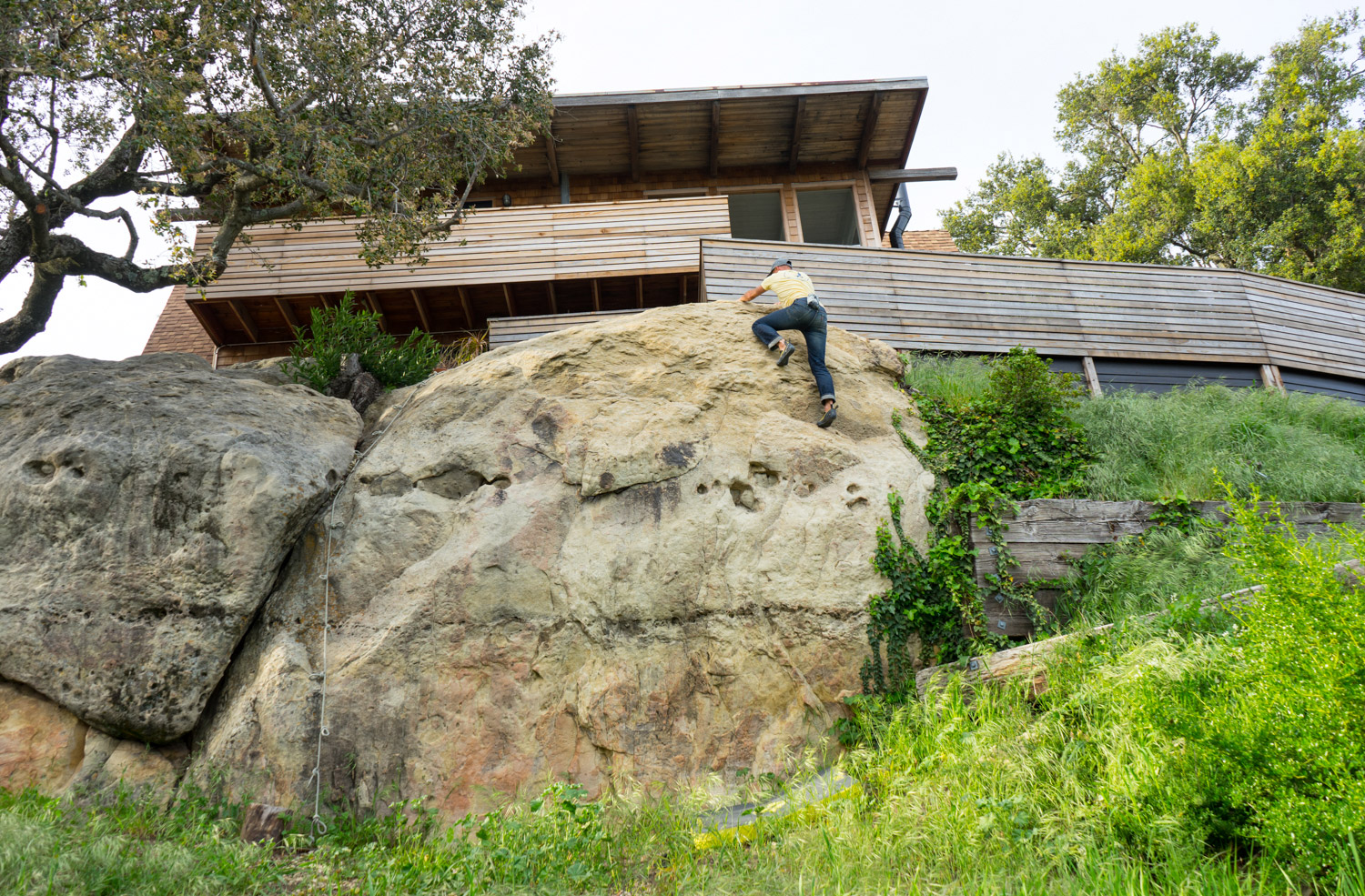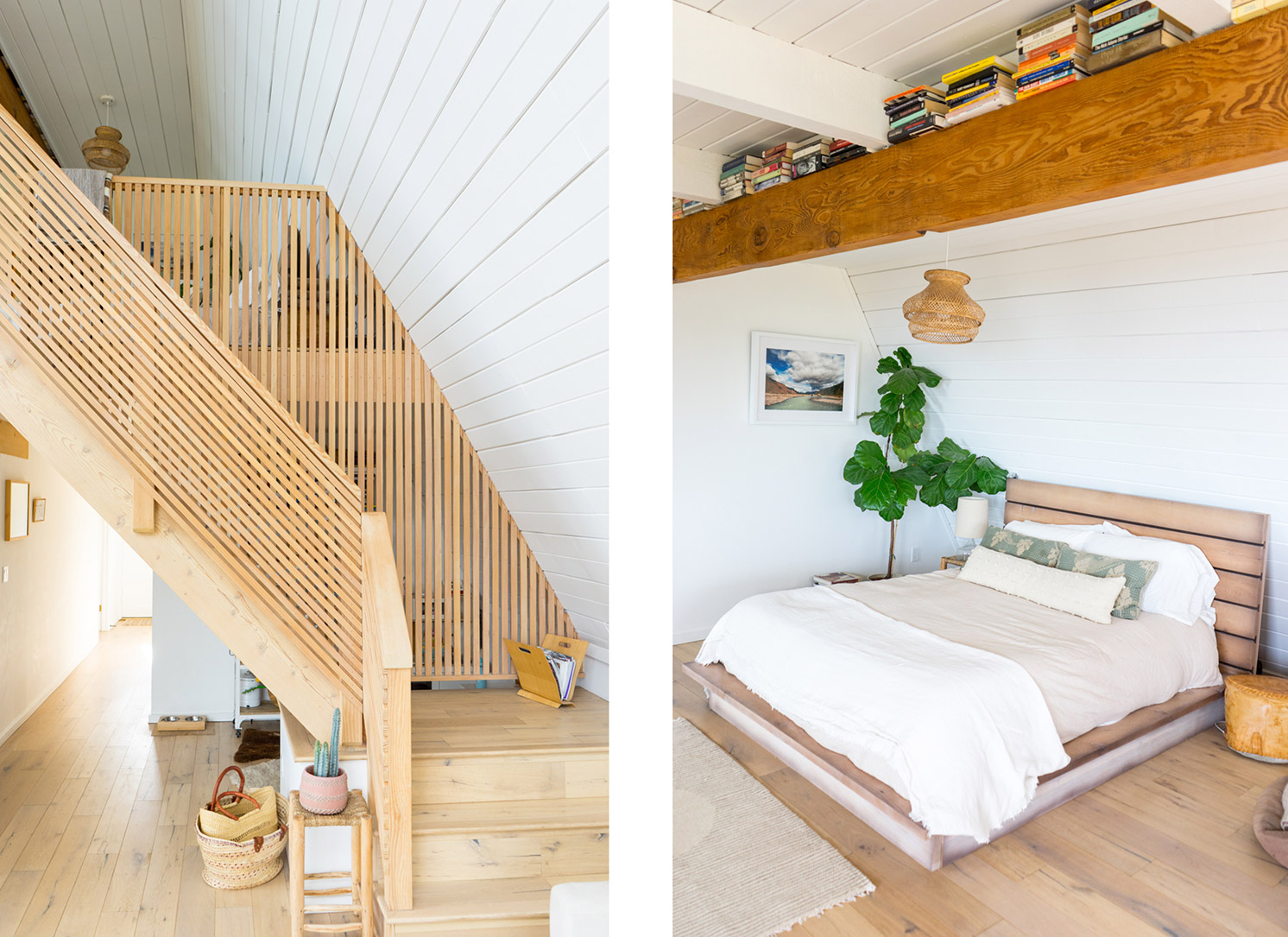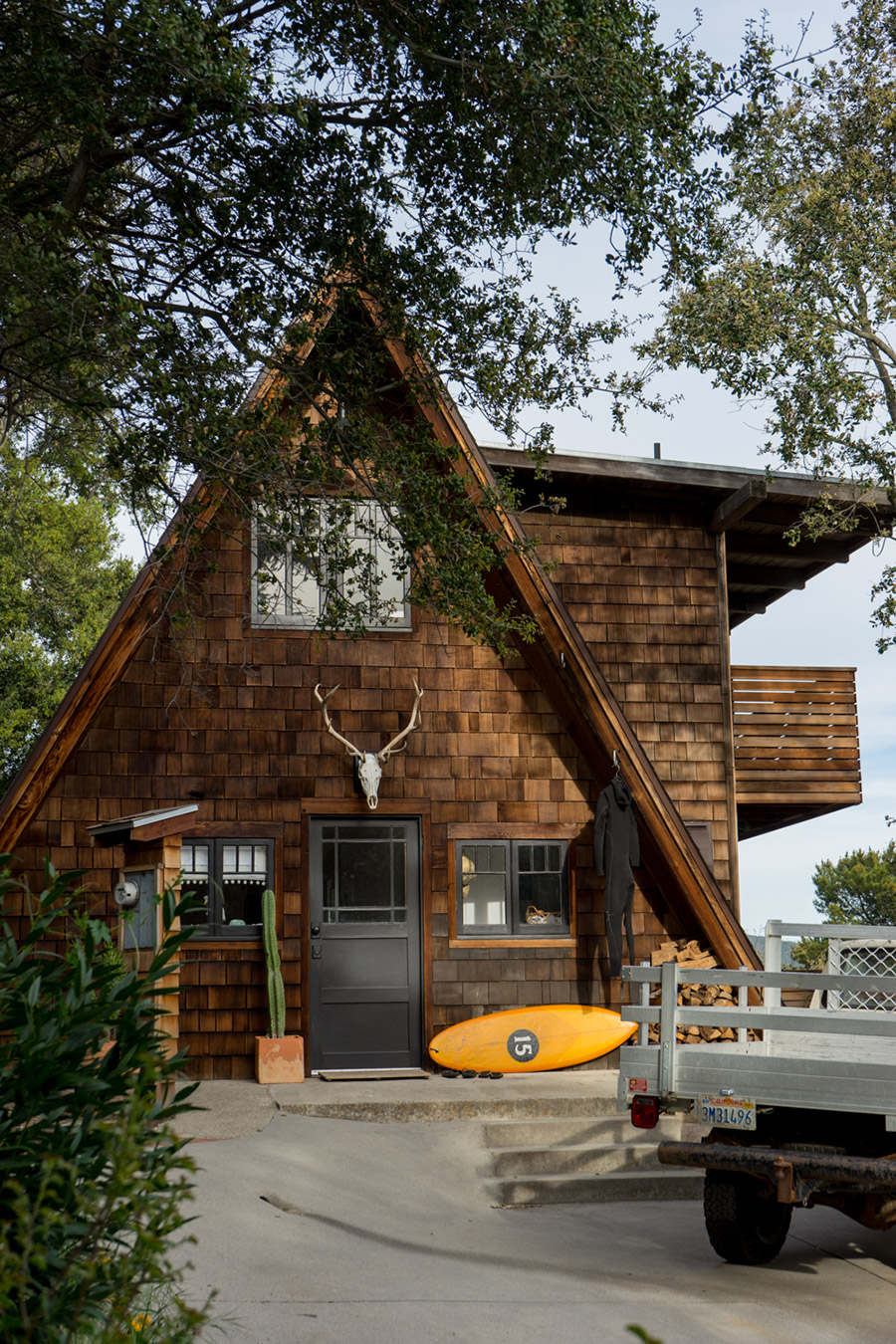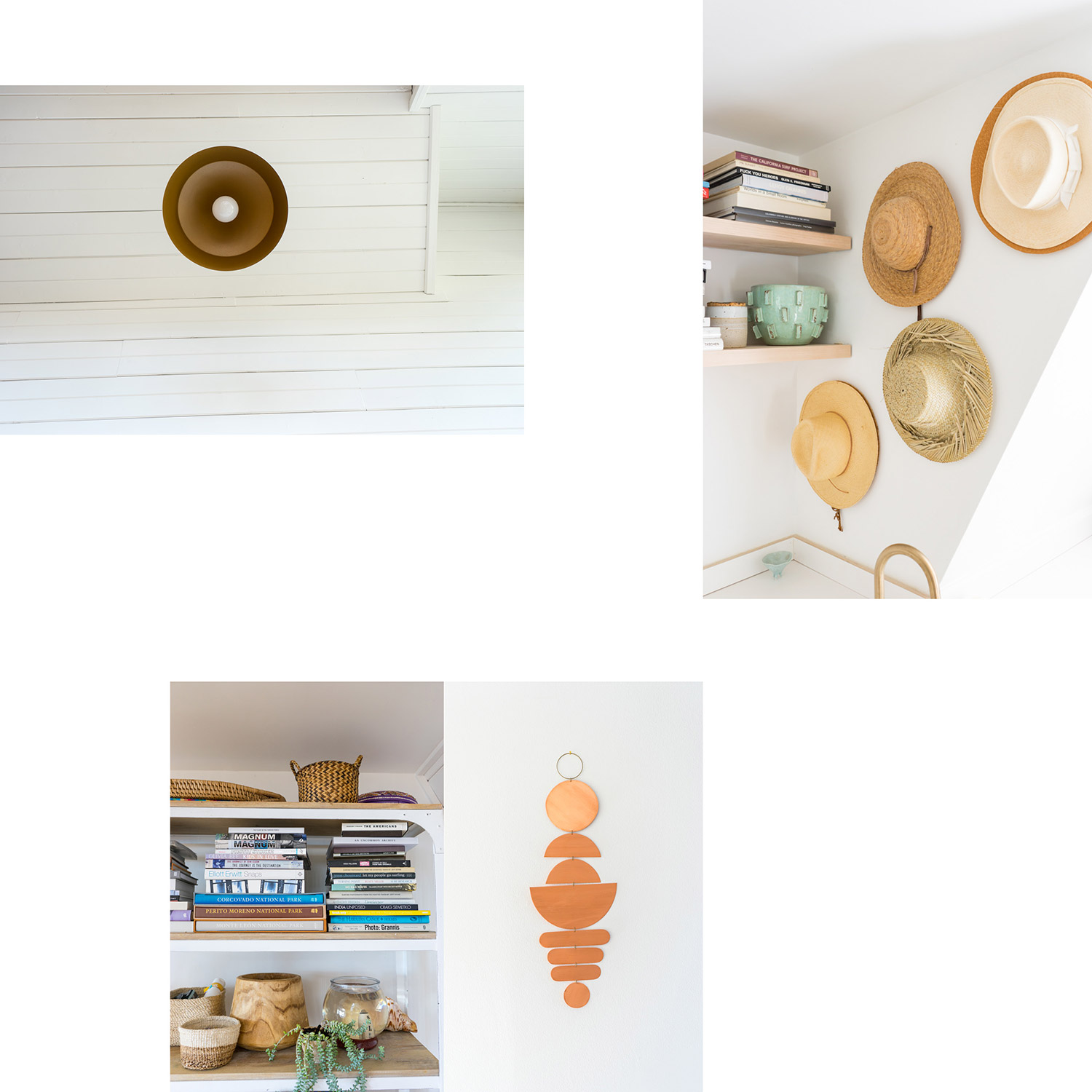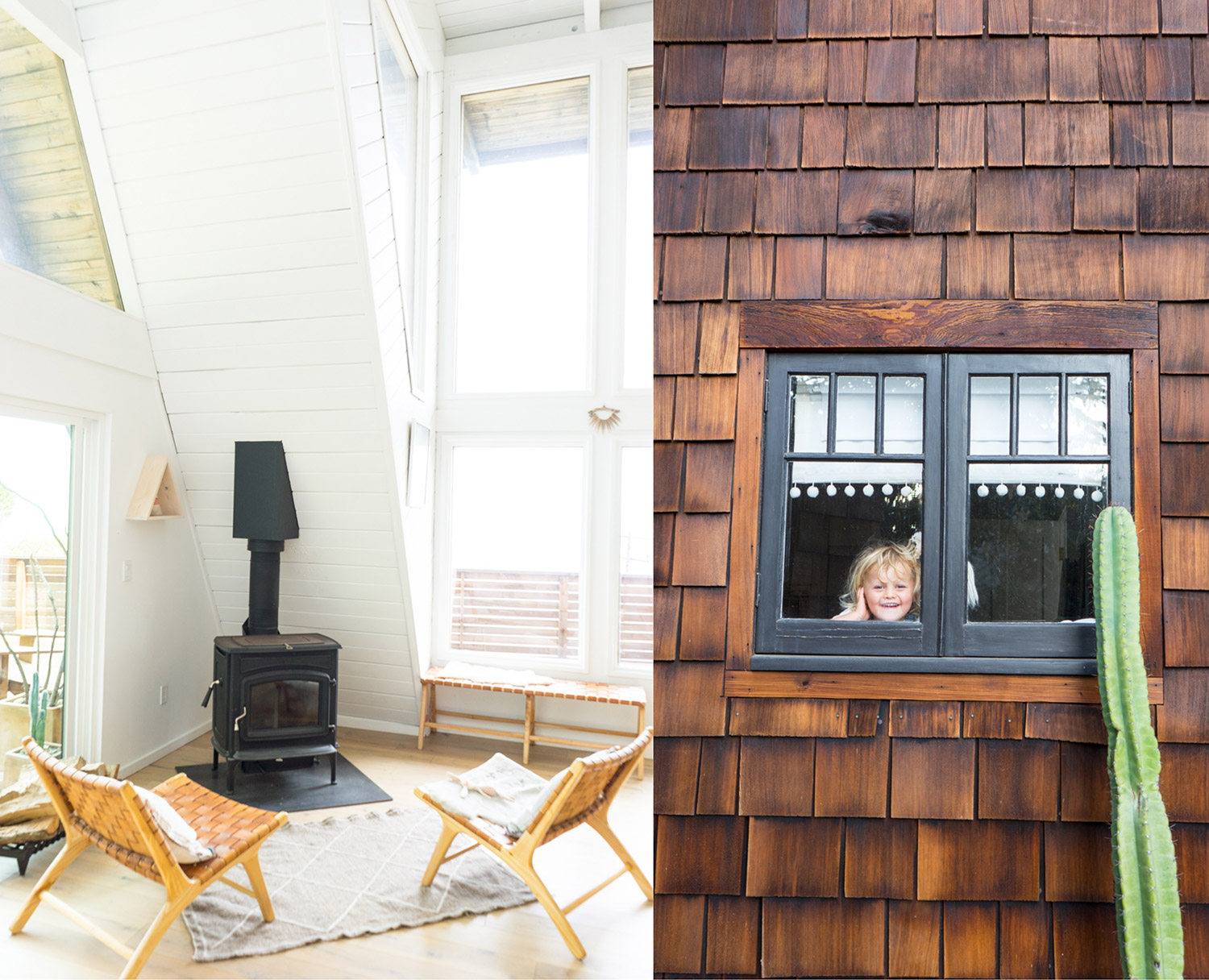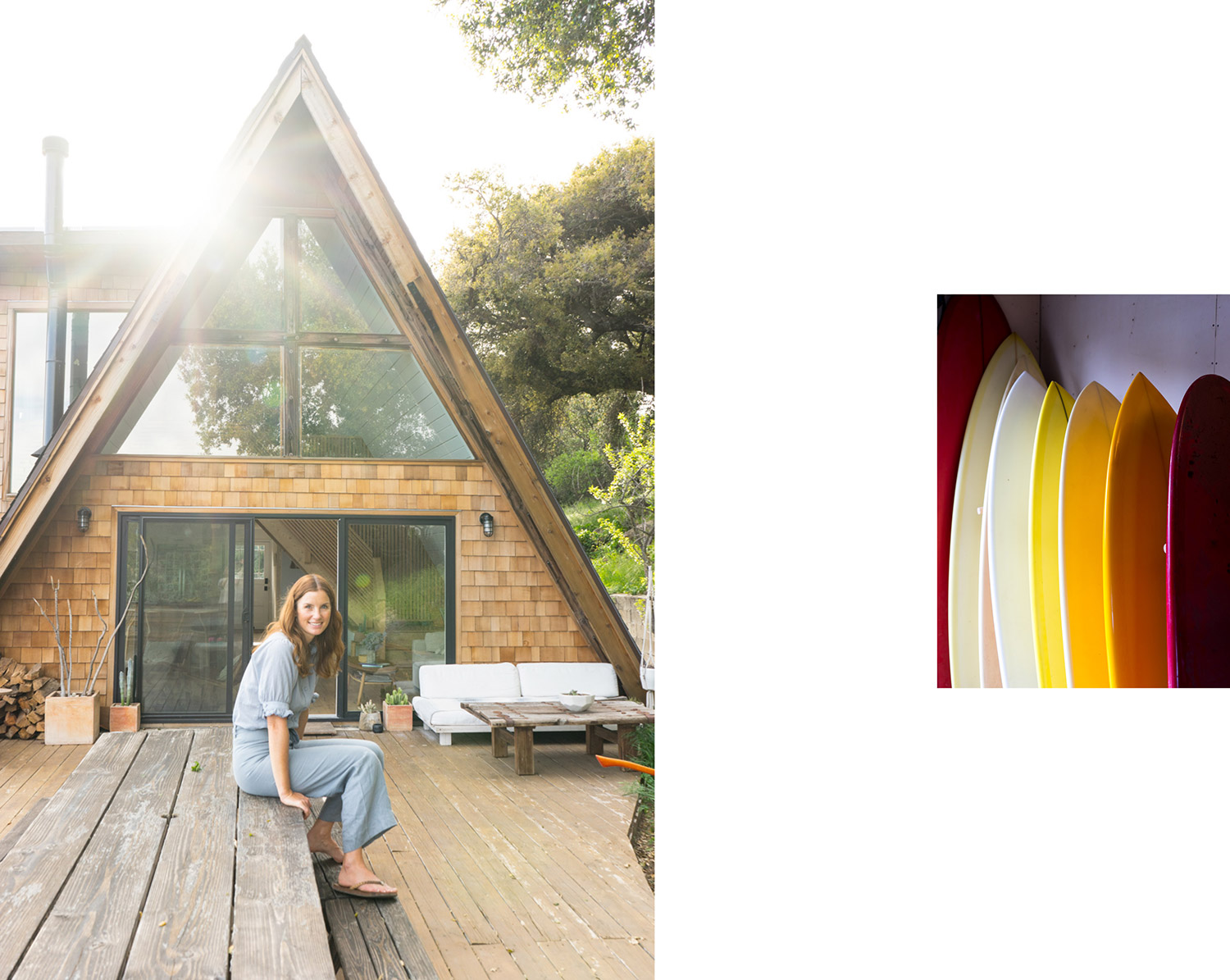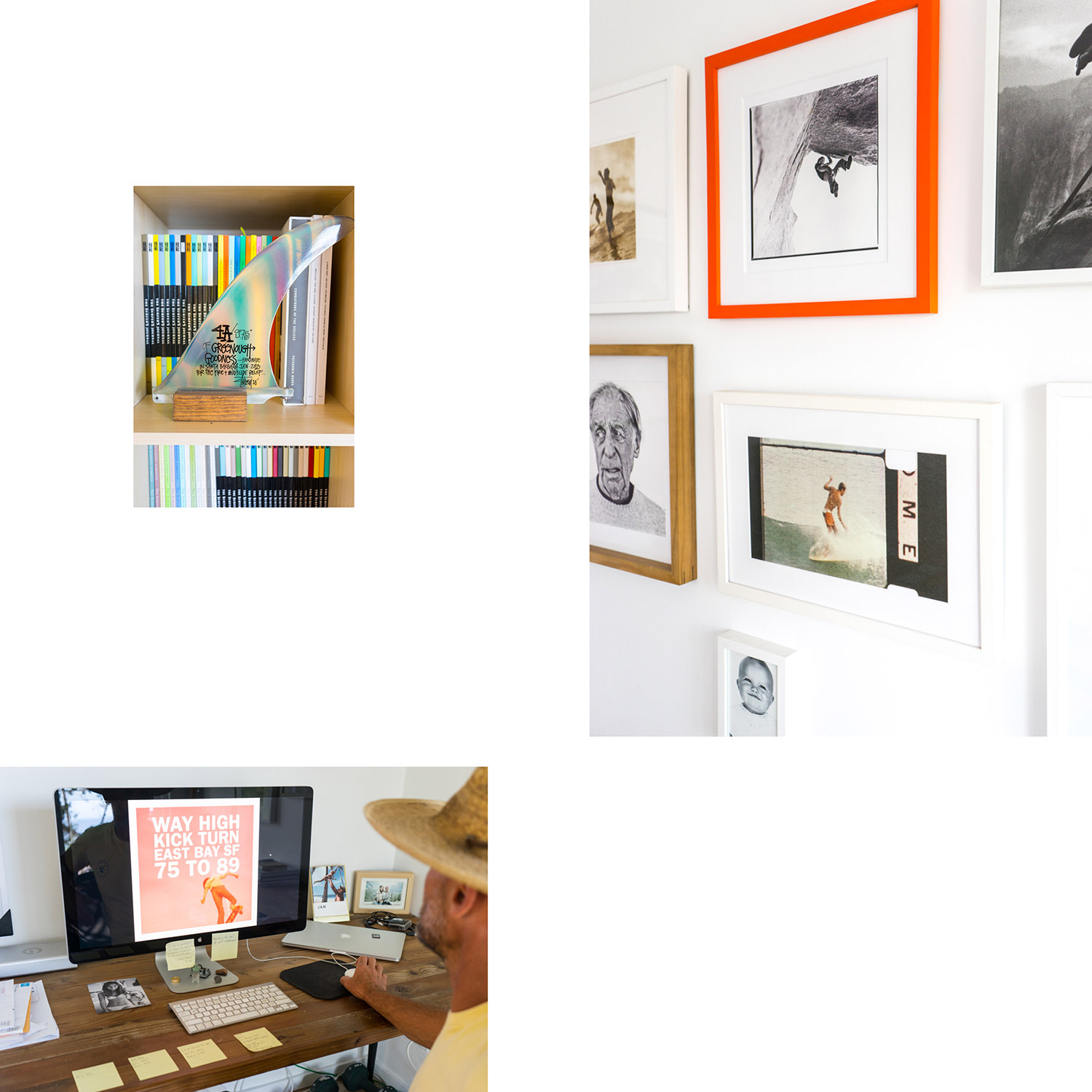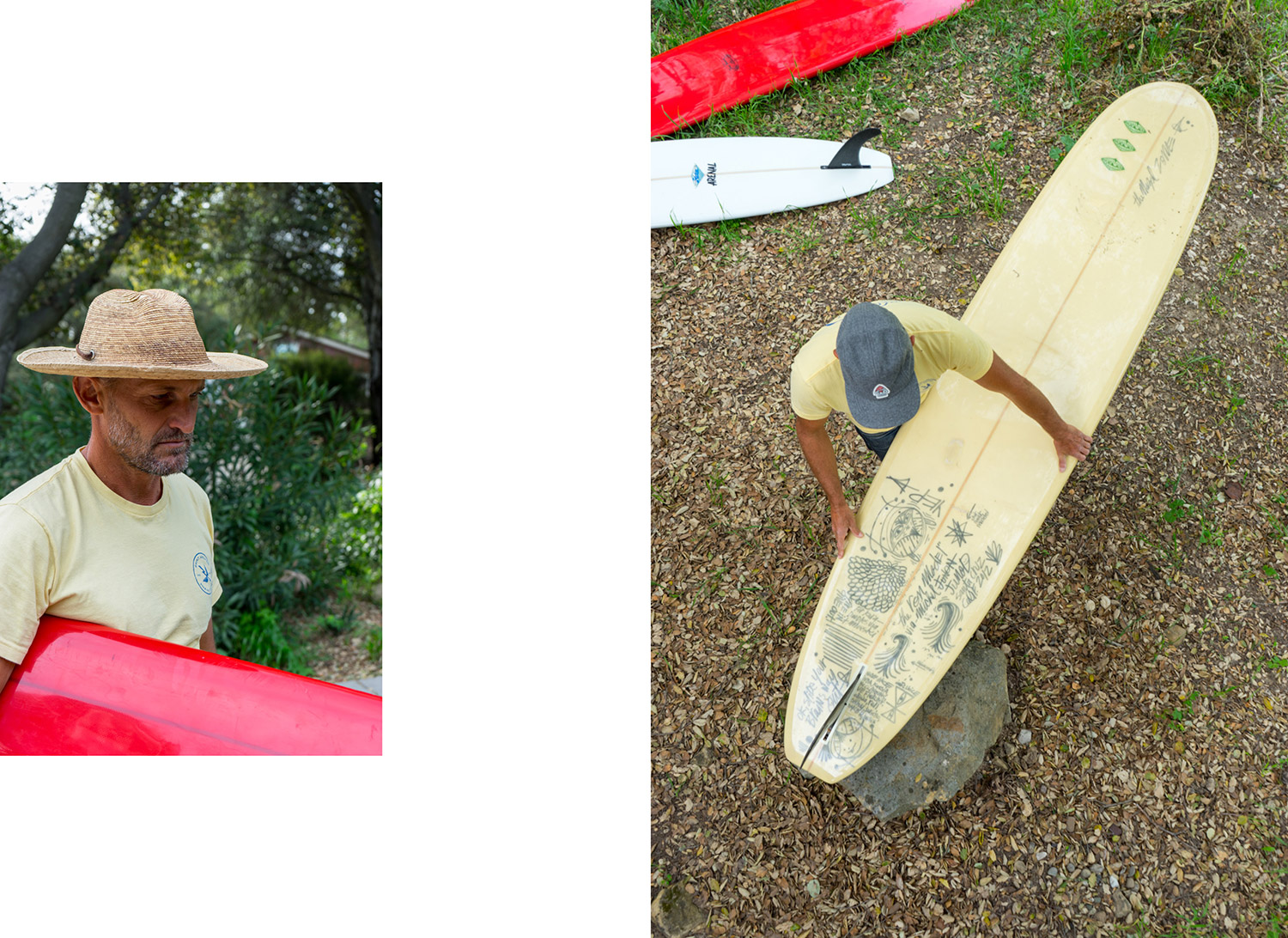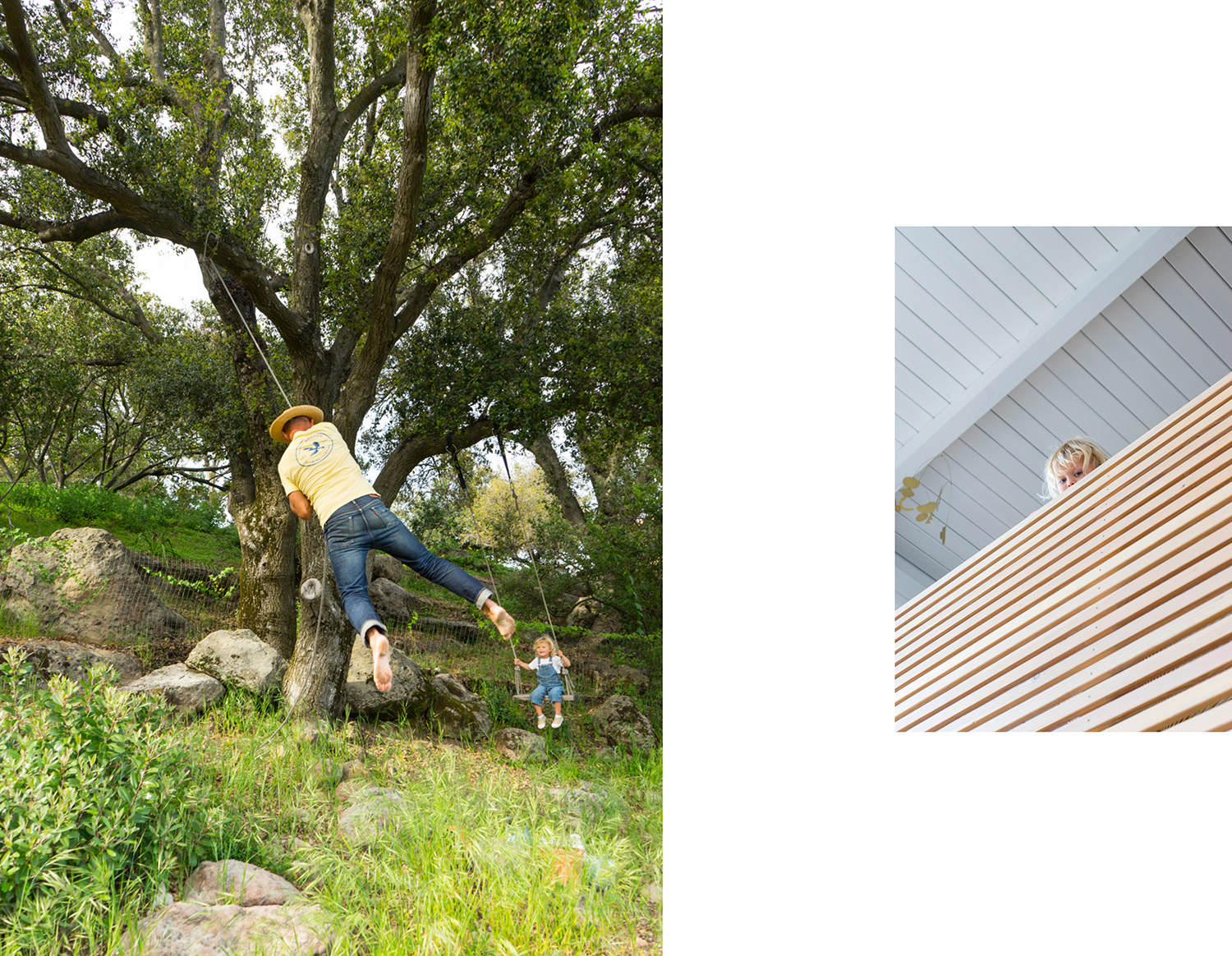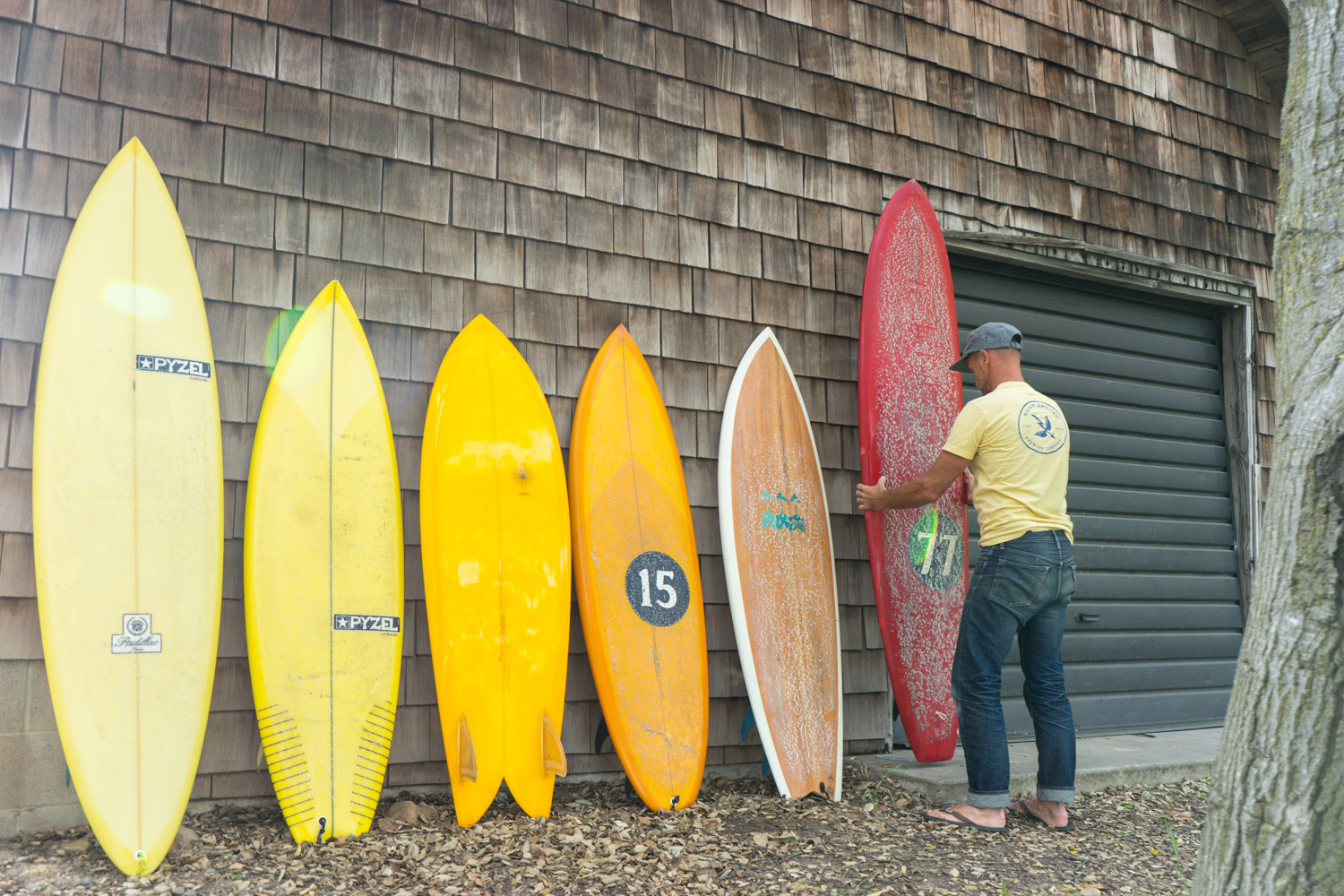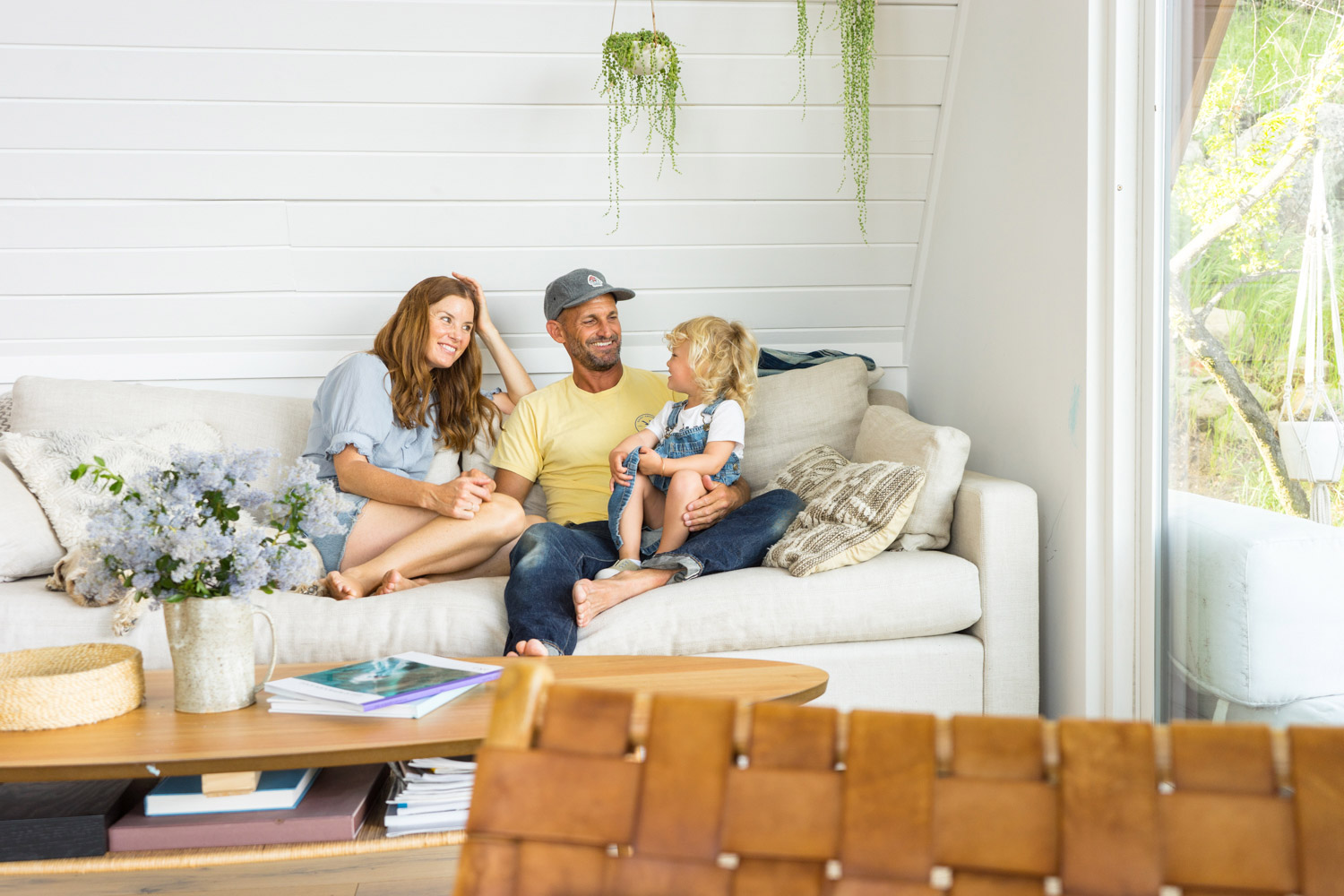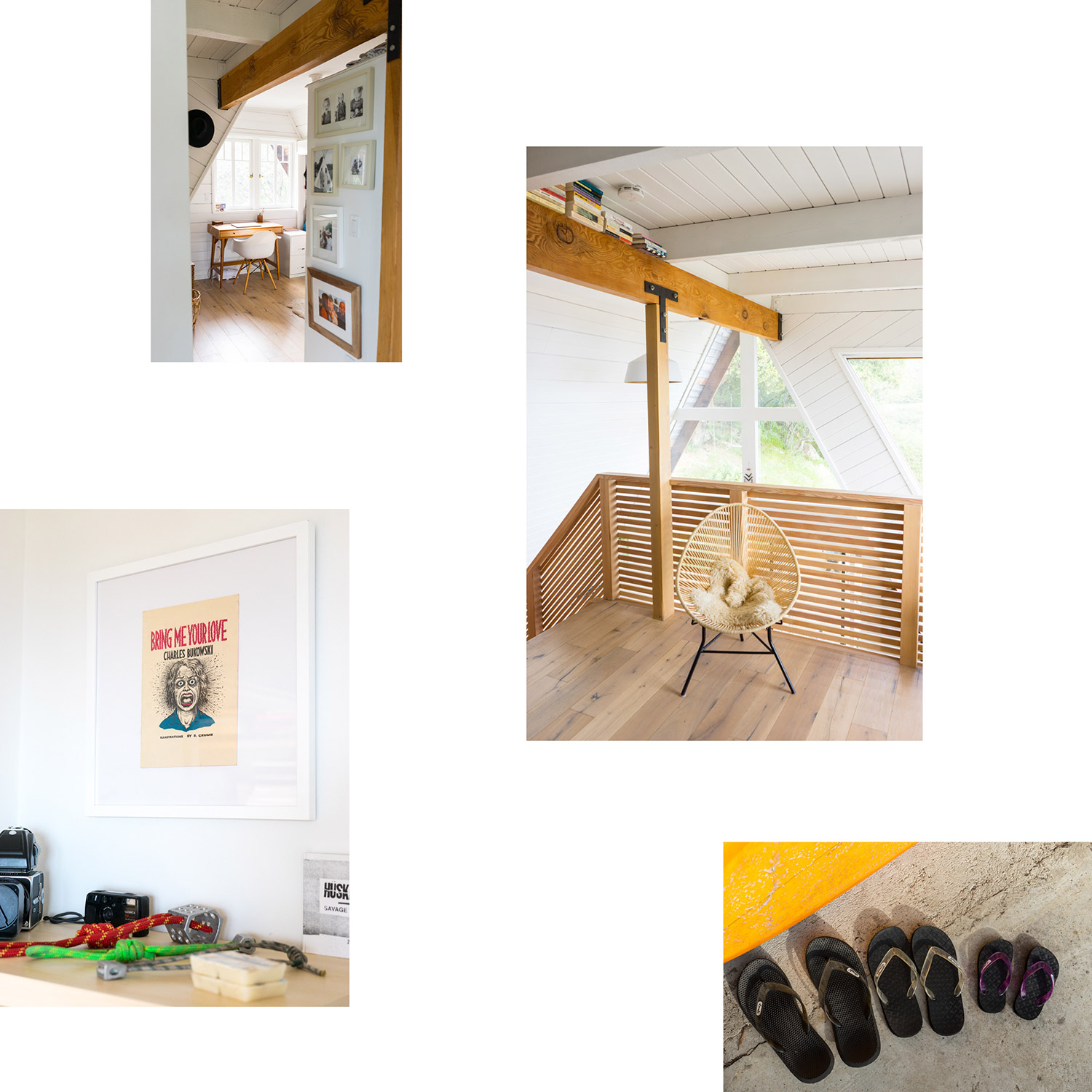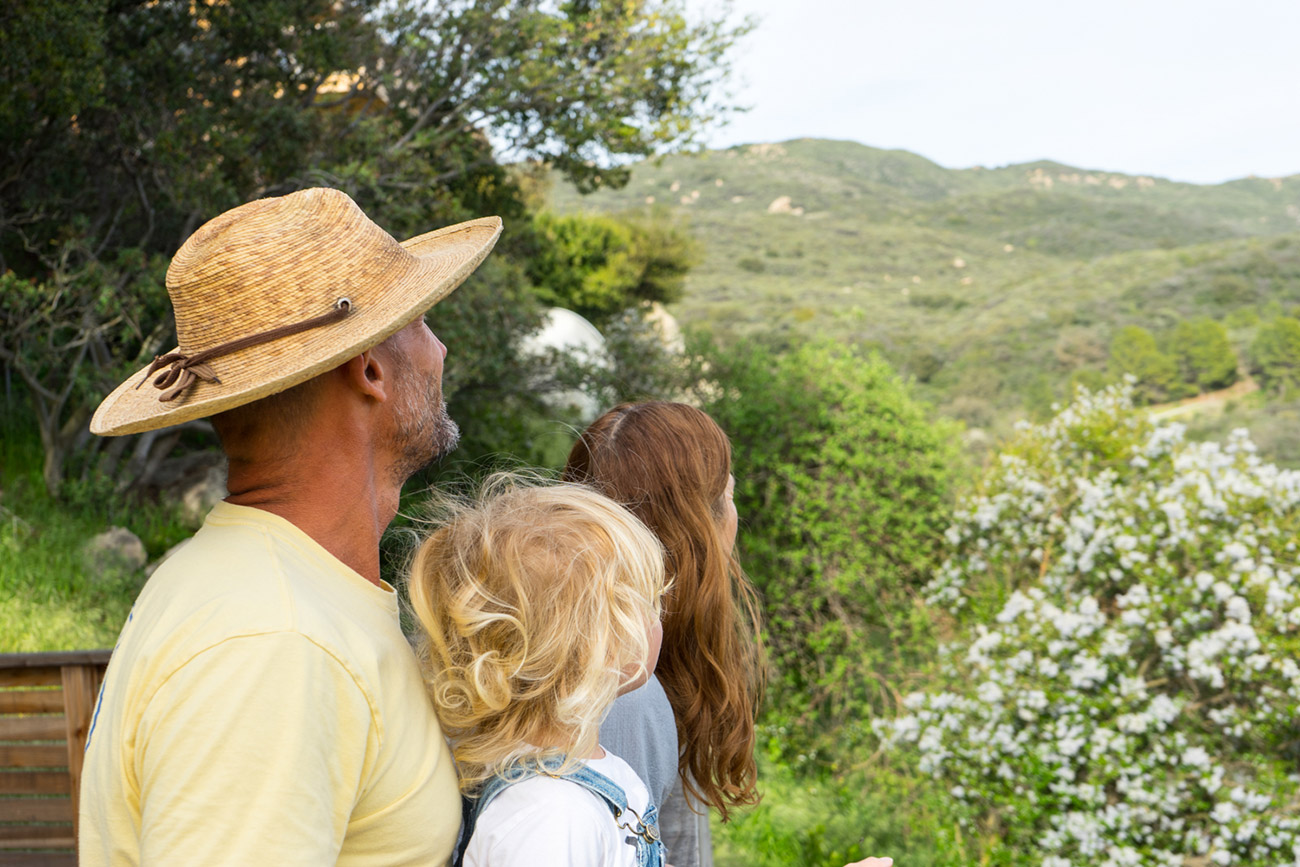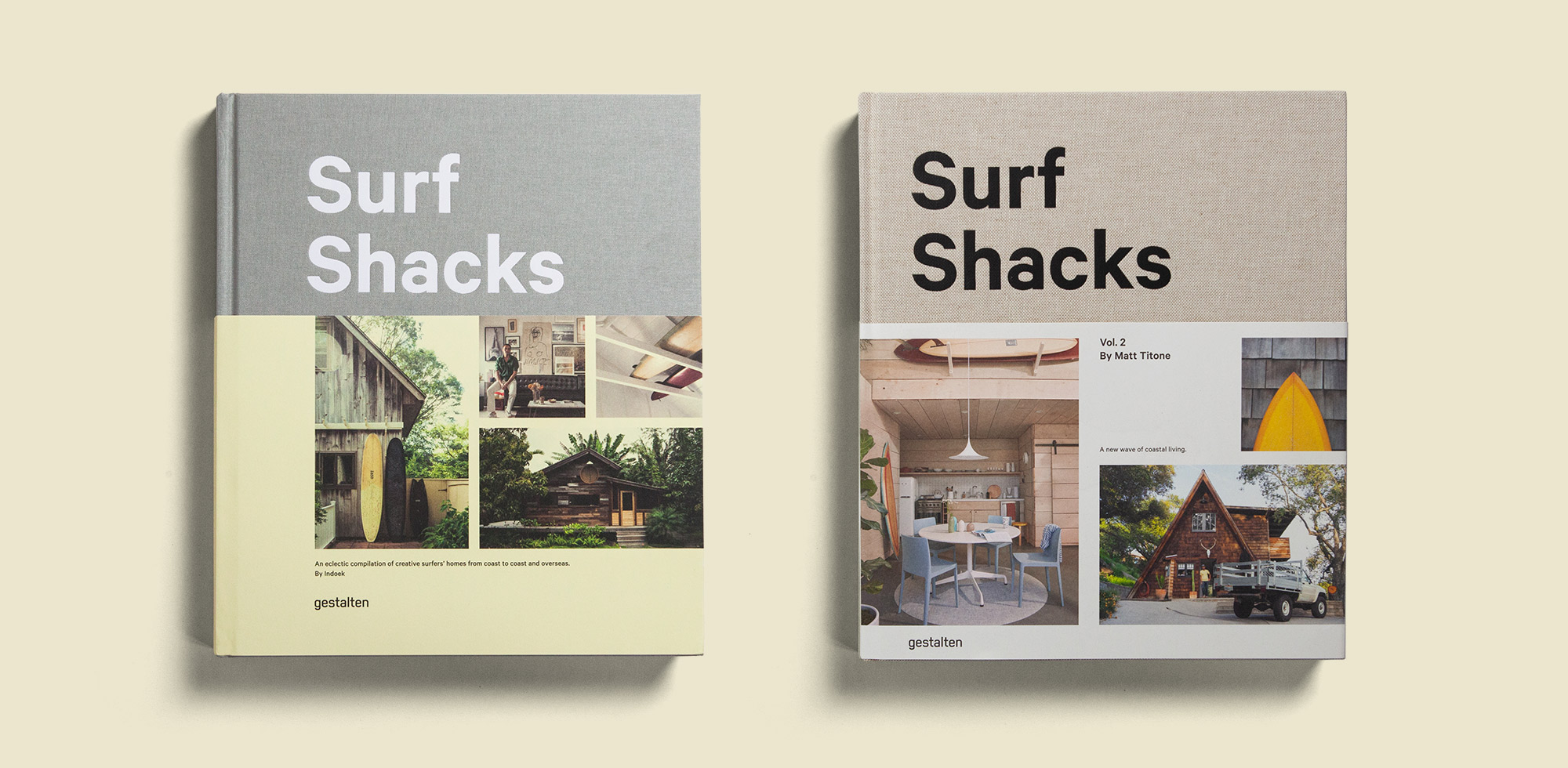Kara, what is the story behind your clothing line? How did you first get into fashion design?
Growing up my mother sewed all my clothes, this helped plant the seed in me. When I grew up I started modeling from age 19 to 38, it took me all over the world and exposed me to a lot. Tired of fashion trends I would rather hunt for one of a kind vintage pieces. I always wanted to design ethically made womens clothing and inspired by the vintage pieces I’d collected and loved, I created Kara Thoms.
At what point did it become a career for you?
My life as a model basically ended when we had our baby girl, I just didn’t want to be away from her, I was so done with the jet setting I wanted to focus on being a mum. Setting up a business I could do from home seemed ideal, plus I really wanted the challenge, modeling had left me creatively unfulfilled for so long. The year prior I had slowly started designing and setting up Kara Thoms Boutique, it was so over whelming at first, but I just committed and chipped away at it and launched April 2017 when our daughter was just 1.5 and a month after we had moved into our newly remodeled Mountain home.
Where do you draw creative inspiration from?
Oooh so many places, I love traveling because of this, especially love people watching in London and Paris. However the ethos of the brand is very rooted in the old world and I would say California has had a big impact: the weather, the nature, the temperature — it’s “prairie chic!”
What was it like growing up in Fiji? Then New Zealand?
I am so thankful to have been able to experience two cultures growing up, my mother is from Fiji and my dad is from the South Island in New Zealand, they’re actually quite opposite worlds… Fiji is probably the most laid back place on earth with the happiest people on earth, I try to carry that with me.
Growing up in New Zealand we were doing a lot of the same things kids were doing everywhere, I grew up on the north shore of Auckland, the biggest city in NZ.
I spent most of my time outside of school sailing until I was age 15. The culture back then was quite heavily focused on rugby, and myself and my friends were in effect drawn to a different kinda culture, snowboarding, surfing, skating, smoking weed and listening to punk rock of the 90”s! My husband hates this music, since he is more of an 80’s punk rocker. We mostly were exploring the endless nooks and crannies, camping and having fun, New Zealand is just so perfect for that.
What are the biggest cultural (and environmental) differences between NZ and California?
California has millions more people than New Zealand and that changes a place dramatically. In NZ there are just so many natural places: national parks, bush walks, beautiful beaches where you might only see one other person. It’s pretty untouched and very green.
Culturally when you are a Kiwi, you feel like your part of this small village on an island in the South Pacific, the Maori culture is very much alive and unique, I think it’s very special that the pakeha (white people) of New Zealand actually take pride in the Maori heritage.
It must be a challenge running your own creative business and being a new mom. How has your process changed since having Adler?
Life as a mum and the brand Kara Thoms were pretty much birthed together so its all new… Sometimes it’s a juggle, I want and try to always be a present mum, Jeff travels a lot so it’s really important. I work nights a lot, when she was younger I would hire help, it’s easier now that she is in pre-school and I have employees.
